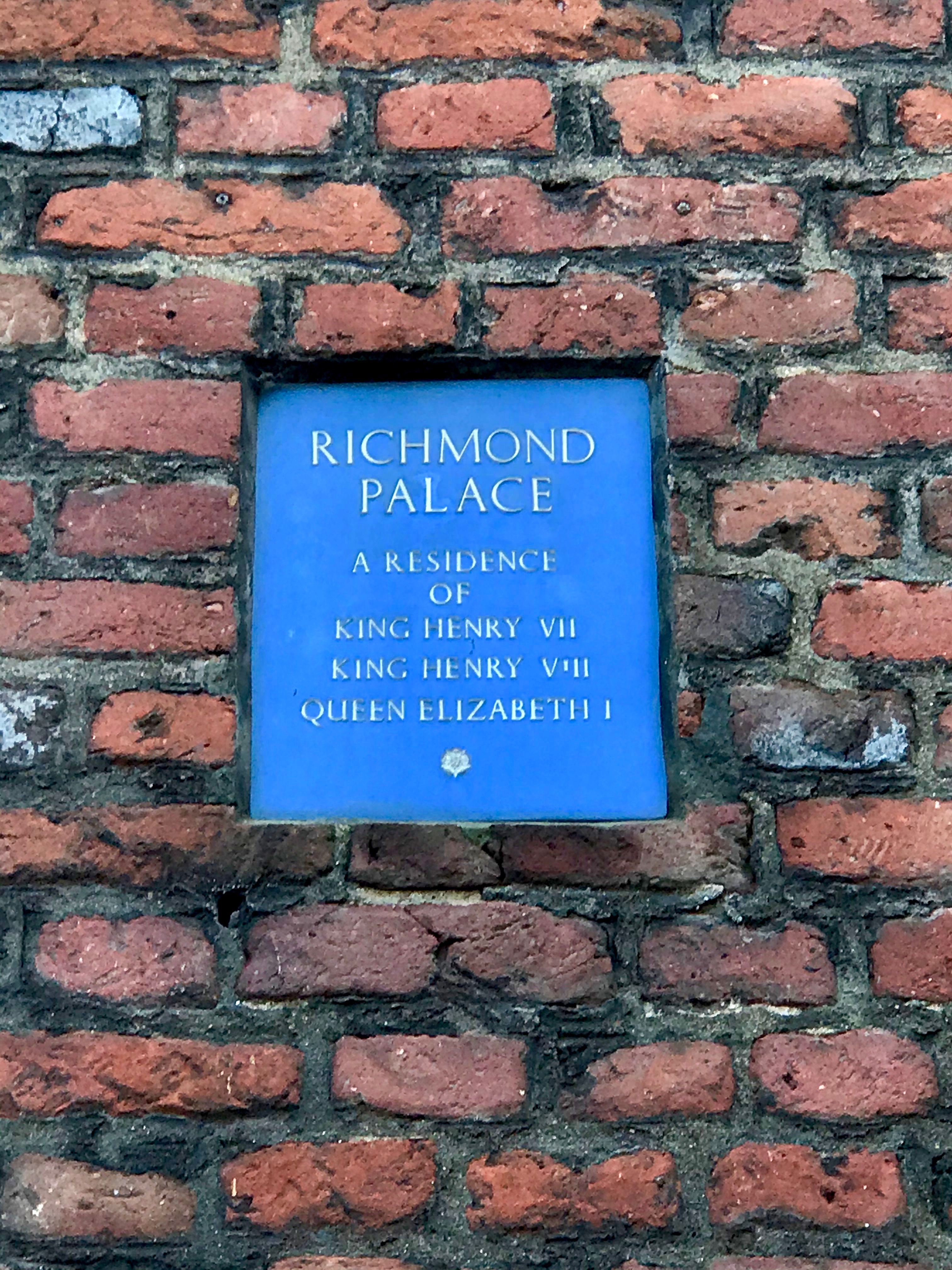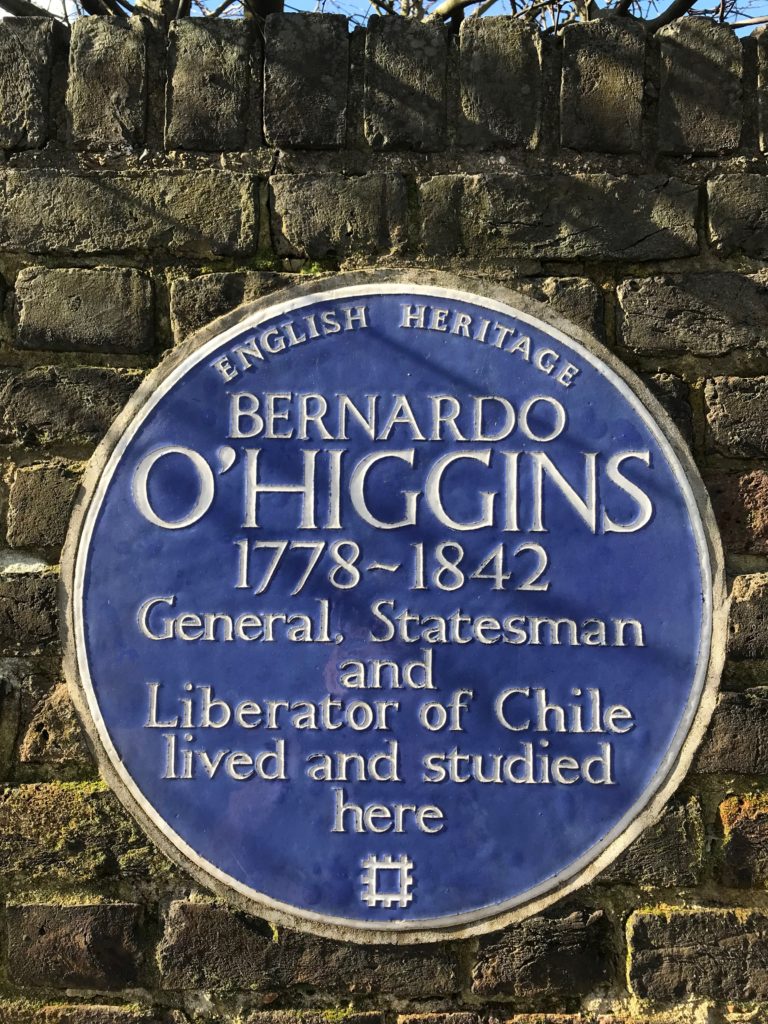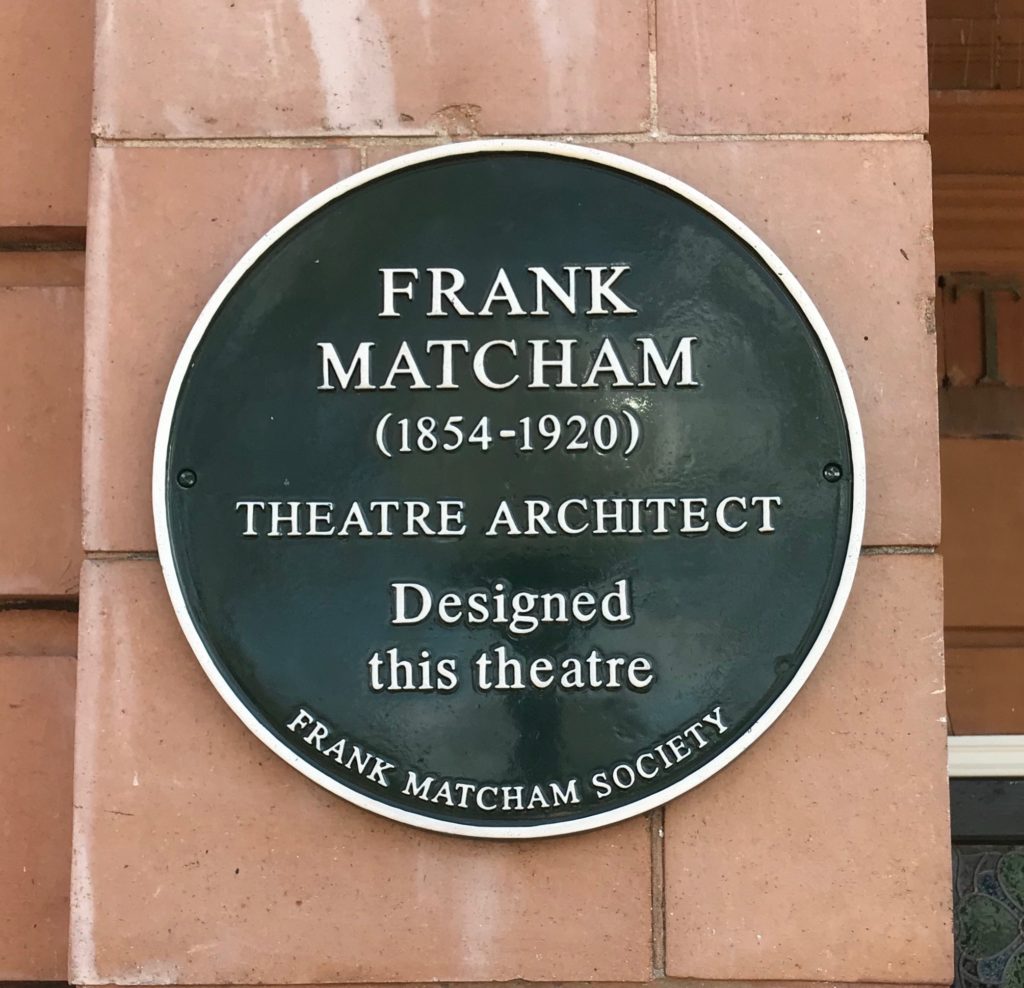
After last month’s stroll past some of the more prominent plaques in Putney, another piece, this time on the residents of Richmond upon Thames. This should appear in April’s The Richmond Magazine.
Given its size and history, the town of Richmond has surprisingly few ‘official’ English Heritage blue plaques, those roundels that commemorate where a famous person once lived or worked. And there isn’t a body – such as the Wandsworth or Putney societies – that puts up is own memorials, so the town seems a little bashful about its historic residents.
But perhaps what it lacks in quantity it makes up for in quality. In Paradise Road, for example, a plaque shows where Leonard and Virginia Woolf founded the Hogarth Press. Mainly associated with Bloomsbury, the Woolfs lived in Richmond between 1917 and 1924 and while there Virginia published various stories and her novel ‘Jacob’s Room’. Not too far away on Richmond Hill a plaque marks where the actor Celia Johnson – star of Brief Encounter among many other 1940s and 50s films – was born.

And the town can claim a genuine national hero in Bernardo O’Higgins, even if that nation is Chile. O’Higgins, whose Irish father would become the Spanish governor of Chile and the Viceroy of Peru, came to Britain at 17 and lived and studied at Clarence House in The Vineyard where his blue plaque is set into the outside wall. O’Higgins was instrumental in gaining his country’s independence from the Spanish Empire, and was the first leader of the Chilean Republic in 1818. Each August on the anniversary of O’Higgins’s birth, the mayor of Richmond and the Chilean ambassador lay wreaths by his bust in O’Higgins Square, at the north side of Richmond Bridge and a stone’s throw from Clarence House. (In the 1970s the actor Brian Blessed owned the house – only time will tell if he ultimately gets his own plaque there.)
Richmond Theatre has a plaque to acknowledge that is was designed by the great theatre architect Frank Matcham. The impressive gilt and red plush interior is still wowing audiences after 120 years, and it stands with some of Matcham’s best work, including the Coliseum and Palladium in London, and the Tower Ballroom in Blackpool. Historic England lists the building as II*.

The most significant plaque in Richmond is across the Green, in the wall of the Old Palace gatehouse, marking the site of what was once a great royal palace. Originally – as Shene Palace – it was the home of Richard II, Henry V, Henry VI and others, but it was completely rebuilt around 1500 by Henry VII and renamed ‘Richmond’ after his title ‘Earl of Richmond’ (the town in North Yorkshire). The town owes its name to the palace and to walk through the gatehouse is to step back 500 years. Henry died here in 1509, but the royal associations continued: Henry VIII gave the palace to his fourth wife Anne of Cleves as part of his divorce settlement; Henry’s first daughter Mary married the King of Spain here; Mary imprisoned her sister Elizabeth at Richmond, and it was at Richmond that the now Elizabeth I died in 1603. As you stroll along the river, reflect that you’re walking in the footsteps of kings and queens.

Don, no blue plaques but as a music fan you might note that One Kew Road, formerly the Station Hotel, opposite Richmond Station, is where The Rolling Stones played a Sunday night residency in early 1963 that brought them to the attention of Andrew Loog Oldham, and where John Lennon and Paul McCartney came to see them perform.
Yes, I saw that – the have a ‘faux’ plaque in the window, but the reflections were too great to get a decent pic of it.